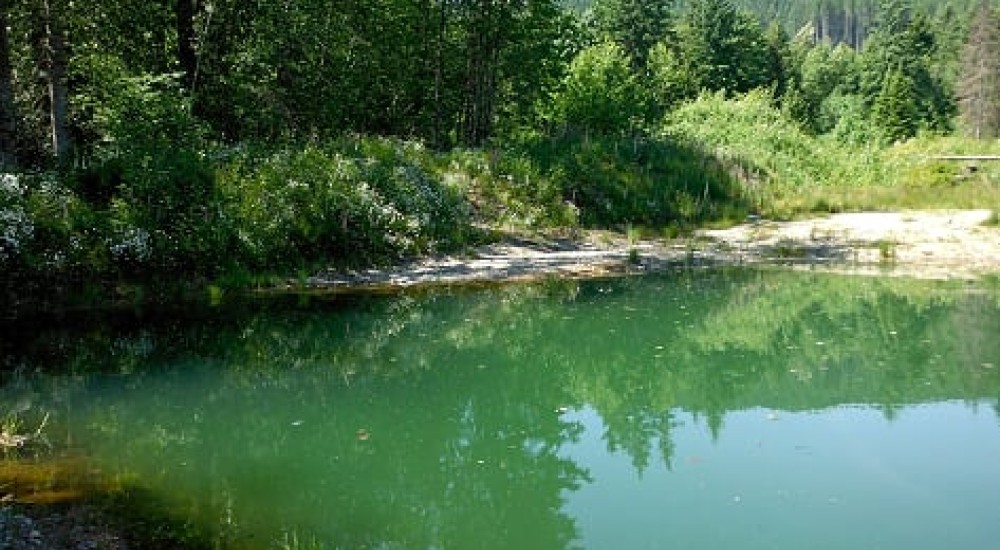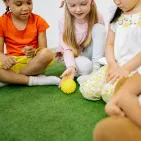
There are two large mountain ponds on my property. When I moved here I wondered if the mosquito population would allow me to sit comfortably on the back porch in the summer months. Since I moved in the winter, I had a few months of waiting to find the answer. The surprise came in the Spring when the pacific tree frogs started their 85 decibel songs. Humans speak at about 50 dB, sirens come in at about 100. I thought again about my concern – but now wondered if the tree frogs would be an additional irritant along with the mosquitoes. So much for sitting on the porch.
Then came the dragon flies – oh so many over the ponds. Suddenly I was marveling at their flying and mid-air hunting of other insects. I worried a lot less about mosquitos now, because noisy frogs were singing away. By late Spring, however, the chorus of frogs largely disappeared to be replace by barred owls and Cooper’s hawks making their presence known, with water surface flyovers, plucking frogs from the ponds with precision.
Along came the eagles, pileated woodpeckers, robins, wood ducks, mallards, mergansers, herons and so many other birds. Pretty soon the bears were awake and started their daily swim routines in the ponds. Often playful, they would grab fallen branches, carry then from one side to another, and chew on them or just play with them like dogs enjoy running with sticks. Mother bears brought their cubs to the ponds, teaching them to swim. With human-like attentiveness, one cub at a time would be coaxed into the water with momma joining and then helping the cub back out after a quick dip. I once saw a mother bear give a soft push to a second cub – trying to coax him into the pond as well, but he wasn’t quite ready. Momma didn't push it – she let him stay dry, perhaps to come back later and try again. Dusk brought the deer – sometimes just to sit by the pond and rest. They weren’t the only ones who enjoyed the natural cottonwood, alder, hazelnut, bitter cherry, American chestnut, Douglas fir, hemlock and cedar tree-covered banks around the pond. Bobcats and coyotes were and continue to be regular visitors. The small cottonwood trees are favorite back scratchers for the bears – as are hazelnut and bitter cherry trees in the late summer as suppliers of snacks after a swim.
I think it was one of my early mornings on the bank of one of the ponds, drinking coffee on the log bench I built from a fallen tree, when I thought again about the mosquitoes. I suppose it should have been obvious from the beginning, but it was only then that I realized how the owls and hawks depended on the frogs who along with the dragon flies relied on the mosquitoes. No mosquitoes, no owls and hawks. No ponds? No bears, no ducks. All the things that I enjoyed here would be lost. The ponds brought life here but also a sense of serenity and peace; oh how quiet it can be. Water – the source of life – brought all of the creatures (including me) together. It was an epiphany for me really – that we were all interconnected here, in this place. I stopped worrying about mosquitoes and began to wonder what I needed to do to maintain this place so vibrant and teaming with life. I didn’t feel so much an outsider observing them now, but truly connected to this place as caretaker of the ponds. For them and for me.
As I struggle with life, I sometimes forget to actively look and listen to how life is interconnected. How being fully human, fully alive means actively listening and seeing the world and the people I encounter at work and elsewhere as interconnected with me. This pond place helped me see the world as an interconnected place. That in turn helped me to see the Children’s Hospital I love so much and the people there as more interconnected in my life than I previously realized. It helped me see the honour of helping along with so many others the children and families we serve. And it all started with a few mosquitoes.







